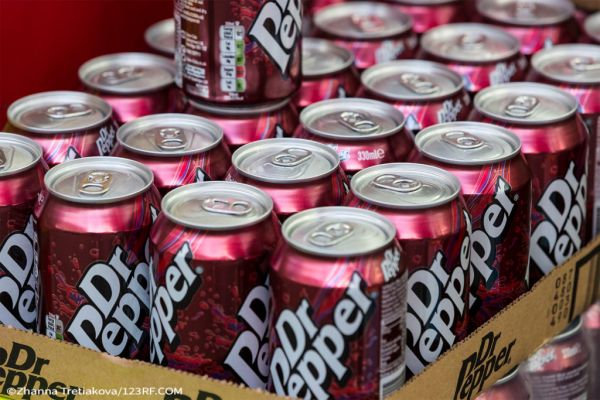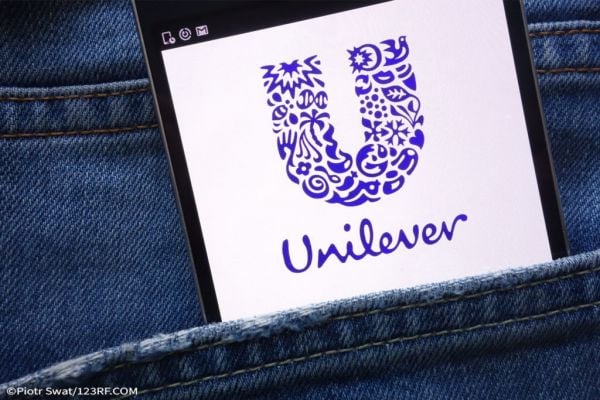Procter & Gamble Co will take steps aimed at reducing potential harm to forests from its purchases of wood pulp for toilet paper and other consumer goods, after being pressured by environmentalists and investors for more sweeping changes.
P&G will aim to end buying pulp, a key ingredient in its top-selling Charmin toilet paper, from certain forests in Canada and develop a plan to reduce purchases of the raw material from other swaths of woodland, according to an agreement the consumer products company made with an investor last month.
P&G faces scrutiny from environmental non-profits and some investors in part because it lags its publicly-traded peers in using recycled paper and fibers in household staples like toilet paper.
P&G has not made pledges to cut its purchases of pulp, which is harvested from logged trees. Environmental groups say pulp harvesting takes a heavy toll on the environment.
Wood pulp helps P&G’s Charmin and Bounty paper towels feel soft and more absorbent, and the company says consumers prefer them. P&G says its competitors making premium toilet paper all exclusively use virgin wood pulp as well.
Rival Companies
But rival Kimberly Clark Corp, which makes Cottonelle toilet paper, has vowed to reduce its reliance on natural forest fibers, which include pulp. It also makes a Scott toilet paper with 100% recycled material.
Unilever Plc sells a Seventh Generation brand of 100% recycled toilet paper, paper towels and tissue.
P&G's agreement with investor Green Century Capital Management Inc was filed 18 July with the US Securities and Exchange Commission.
P&G also updated its forestry practices section of its website in late July to include most of the agreement.
In that update, P&G said it has created and is testing two new Charmin products, one made with plant-based fiber and another with bamboo.
'Head In The Sand'
P&G and some of its investors and non-profits are deeply divided on the environmental impact of the company's sole reliance on virgin pulp.
P&G, which had its own pulp and timber business until the early 1990s, says all of its pulp comes from sustainably managed forests and tree plantations, limiting negative effects on the environment.
It cites climate experts saying that those forests take more climate-warming greenhouse gases out of the atmosphere than they emit, from the time they are grown to when they are harvested.
The pulp supply chain starts generating greenhouse gases once the trees are loaded on to trucks and processed, said Tonia Elrod, a spokeswoman for P&G's family care brands, which includes its paper products, and responsible sourcing initiatives.
Environmental non-profits, however, argue that some forests P&G sources its pulp from are ultimately degraded, and that the company is likely underestimating its impact on the environment. They say the argument by companies that planting a tree or two to make up for the harm of another cut down ignores the larger impact of cutting down old forests.
"P&G has buried its head in the sand for a long time," said Jennifer Skene, a policy manager at the Natural Resources Defense Council. "They are treating the forest as replaceable."
Nicole Rycroft, executive director of Canopy, a Vancouver supply chain consultant, said it can take 60 to 150 years or more to get back to carbon neutral after a longstanding forest is logged.
New guidance on land use is being developed to close those loopholes and offer improved carbon accounting. There are also efforts underway to help companies set targets to reduce emissions from land use.
P&G is participating in both.
The company says the pulp it buys is all certified to ensure no deforestation.
'Small Portion'
P&G's new efforts are a "step in the right direction" and over time, will help reduce its environmental impact, said Thomas Peterson, a shareholder advocate with Green Century.
Before striking the agreement, P&G faced the prospect of a shareholder vote at its annual meeting in October on Green Century's call to strengthen its policy on deforestation on a tighter deadline.
P&G lawyers argued the measure would "micromanage" the company and it ultimately struck the new deal instead. The company cautions that some of its efforts depend on the actions of the Canadian government and new mapping of forests.
Green Century two years ago won majority support from shareholders on another resolution calling on P&G to issue a report on how it could beef up its efforts to eliminate deforestation and degradation in its supply chain.
P&G's third-largest shareholder, State Street Global Advisors, has also been pressing companies on how they manage risks related to deforestation and says it may withhold votes from board directors and back shareholder proposals on it.
Ultimately, P&G's wood pulp purchases represent a 'small portion' of the 16.8 million metric tons of emissions from its total supply chain, said P&G spokesman Scott Heid. He declined to provide a figure.
A widely-used tool called the Paper Calculator, managed by the Environmental Paper Network, however, shows P&G's emissions from wood pulp purchases alone tally 17.8 million metric tons, eclipsing the company's total supply chain emissions.
It is a figure the company disputes.
News by Reuters, edited by Donna Ahern, Checkout. For more A-brands stories, click here. Click subscribe to sign up for the Checkout print edition.








